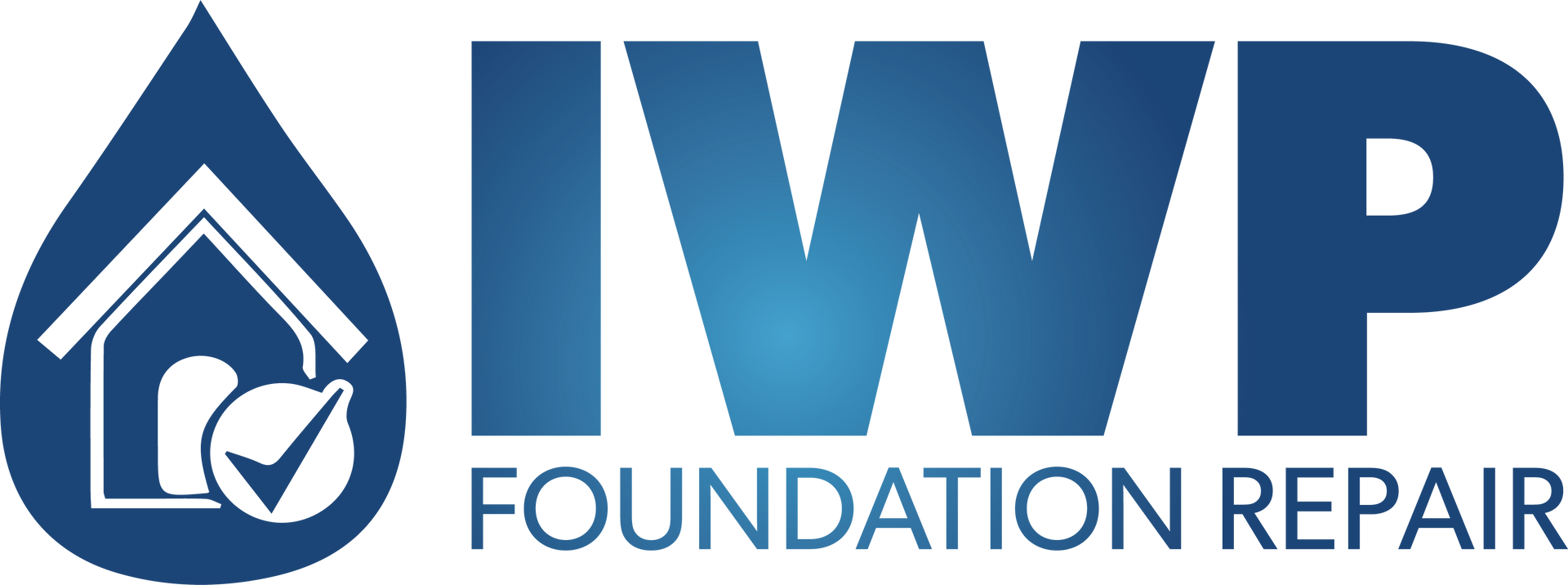Battered Helical Piers: Reinforcing Structural Stability Through Innovative Engineering
Introduction to Battered Helical Piers
Foundations play a critical role in the longevity and safety of a structure. Battered helical piers are a specialized support solution installed at an angle rather than vertically. This unique approach offers both vertical support and lateral stability, which is essential in environments exposed to significant side loads, such as high winds, moving soil, or seismic activity.
How Do Battered Helical Piers Work?
While traditional helical piers are driven straight down into the ground to support a structure's vertical load, battered piers are angled to withstand lateral (sideways) forces. These forces can be caused by factors like wind pressure, water flow, or shifting soil. This dispersion minimizes the risk of horizontal shifts or foundation weakening over time, making battered piers ideal for challenging environments.
The design and installation process of battered helical piers is precise. Engineers determine the correct angle and depth based on the specific lateral forces the structure will face. By angling the piers correctly, forces are evenly spread, making the foundation both strong and resistant to the stresses imposed by environmental conditions.
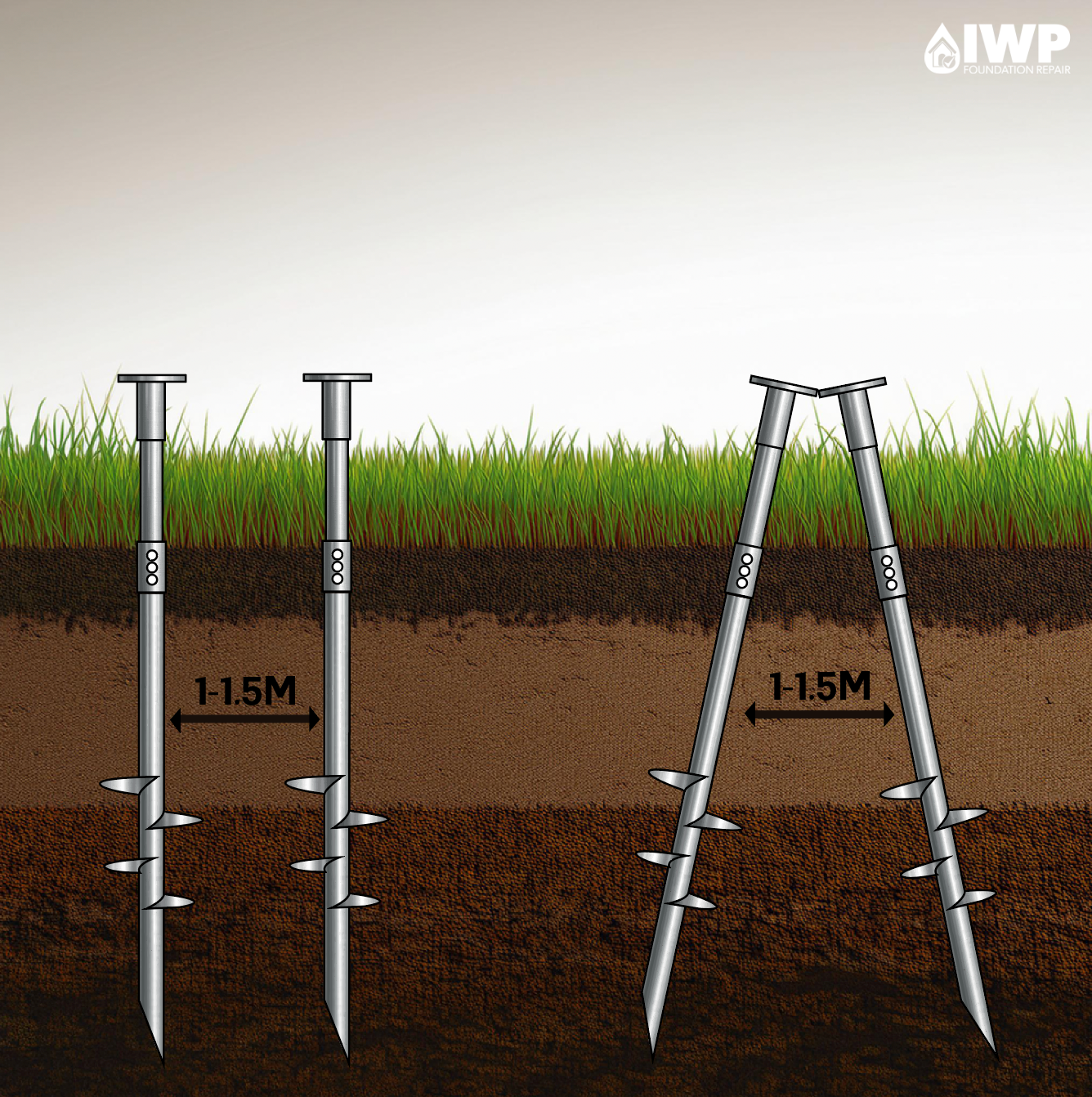
Advantages of Using Battered Helical Piers
Battered piers provide several benefits over traditional, vertically driven piers:
1. Enhanced Stability Against Lateral Forces
The slanted design of battered piers counters horizontal forces, protecting structures from tilting or shifting. This makes them invaluable in areas with frequent strong winds, seismic risks, or soft soils where foundation movement could otherwise occur.
2. Reduced Environmental Impact
The installation of battered piers typically involves minimal excavation, making it a more environmentally friendly choice. Since there's less need to disrupt the surrounding soil, these piers are ideal for project where preserving the natural landscape is a priority.
3. Cost-Efficiency
Battered piers are often quicker to install than other types of foundational supports that require large-scale excavation or complex structural work. This translates into cost savings on labor and materials. By installing angled supports, builders can also achieve greater structural integrity with fewer piers, which can reduce the overall cost of the foundation.
4. Versatile Application
Battered helical piers are versatile and work well in various soil conditions, including loose, sandy, or wet soils. Their adaptability to a wide range of terrains makes them suitable for both commercial and residential project as well as infrastructure like bridges and highways.
Key Applications of Battered Helical Piers
Battered helical piers serve various purposes across industries:
- Infrastructure Projects: Roads, bridges, and highways, especially in areas with uneven ground or subject to frequent use, benefit greatly from the lateral stability offered by battered piers. For instance, on bridge foundations, they prevent unwanted movement due to heavy loads or environmental shifts.
- Commercial and Industrial Construction: Facilities like warehouses, power stations, and manufacturing plants often require extensive foundational support. Battered piers add resilience against wind forces or potential ground shifting, ensuring that heavy machinery and infrastructure remain stable over time.
- Coastal and Marine Settings: Structures built near water bodies, like piers and docks, face unique challenges from water currents and tides. The lateral resistance of battered piers makes them ideal for preventing displacement caused by shifting water levels or currents.
- Residential Buildings: Homes in regions prone to hurricanes, earthquakes, or loose soils benefit from battered piers, as they prevent foundation shifts that could otherwise lead to structural issues. Battered piers also offer a cost-effective solution to reinforce homes with minimal disruption to the property.
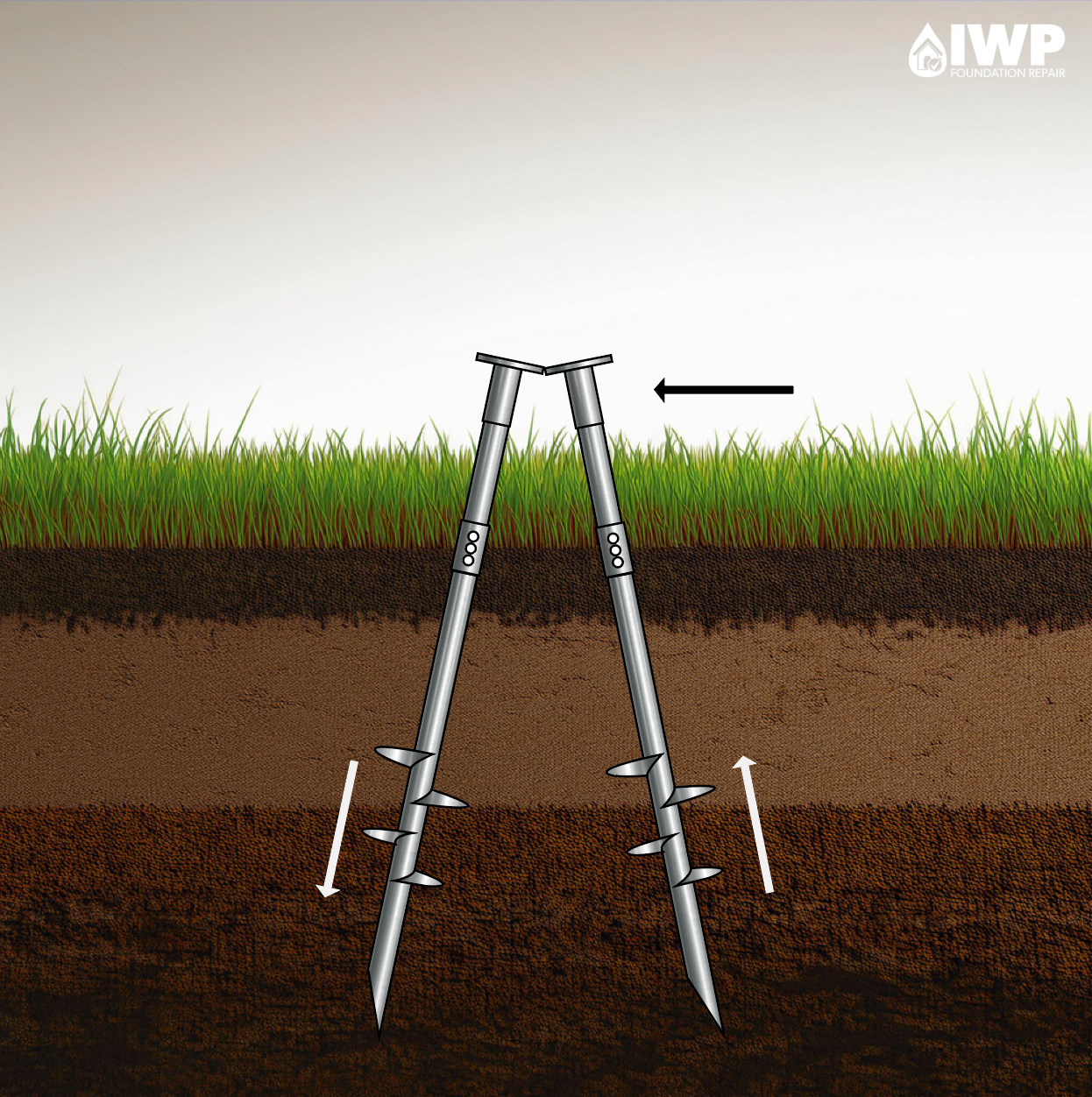
Benefits of Battered Helical Piers
- Increases lateral support while keeping minimal footprint
- Faster to install than other foundation solutions
- Versatile and adaptable to almost any project
- Easy to transport and handle
- Efficient and economical
- No extensive excavation required
- Smaller crews and less equipments to install
When considering foundation options, battered helical piers offer a range of unique benefits. Unlike traditional, solutions, these piers provide dual support for both vertical loads and lateral forces. This reduces the risk of lateral movement that can compromise the structural integrity of the building over time. Additionally, the quick and environmentally friendly installation process makes battered piers a preferred option in both urban and natural settings.
In environments with challenging soil conditions or exposure to extreme weather, battered piers have proven to be an efficient and reliable solution. By providing reinforced stability and versatility across applications, they are a valuable component in modern foundation engineering.
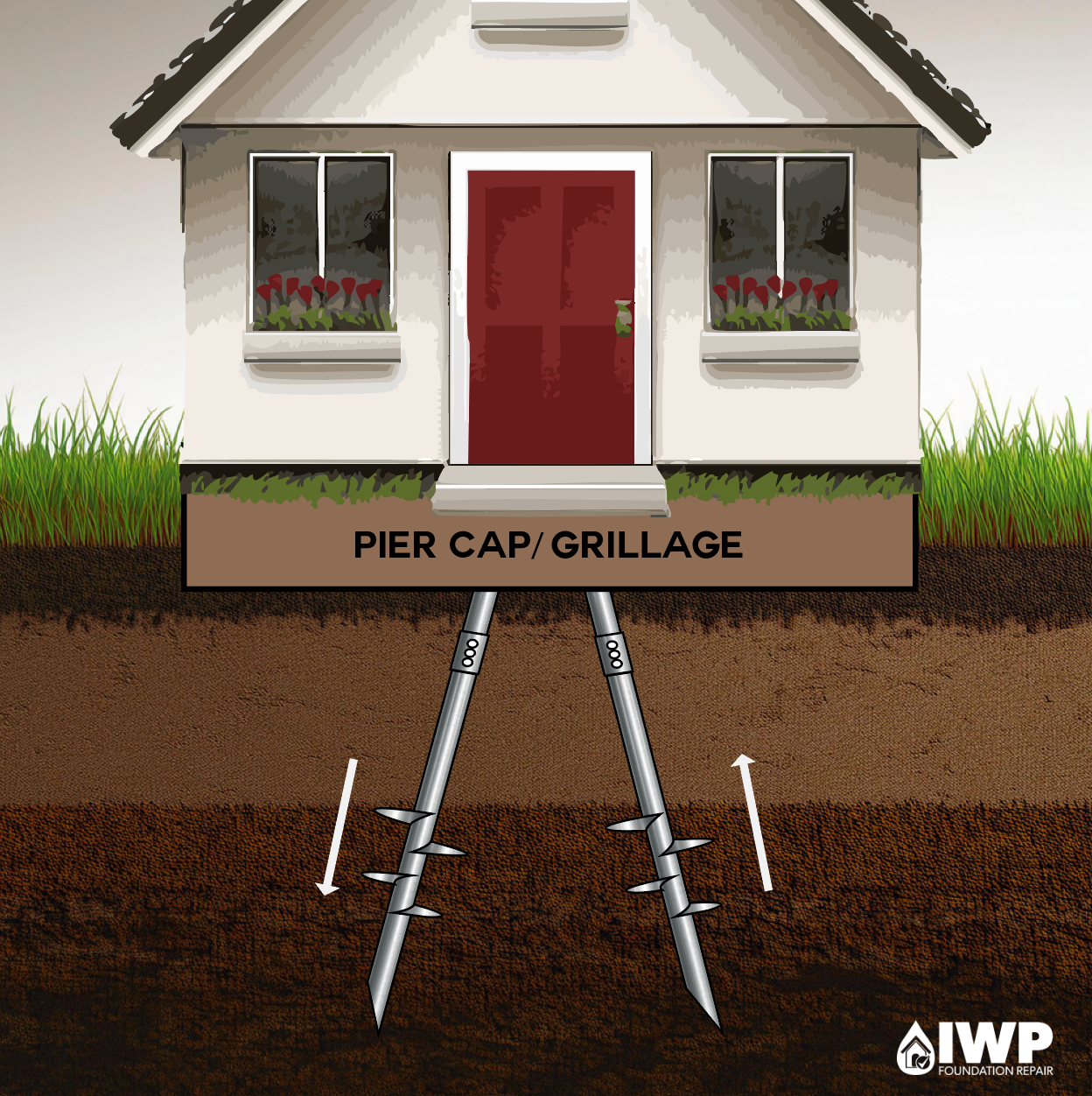
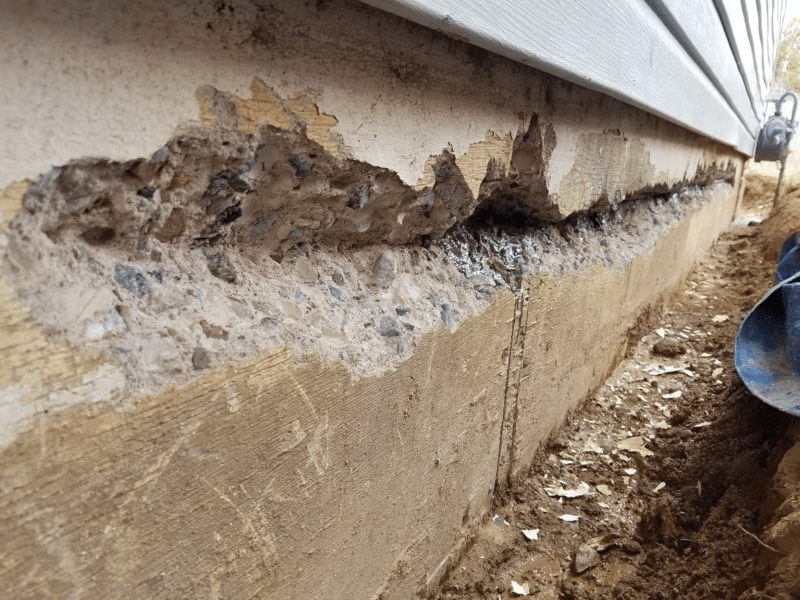
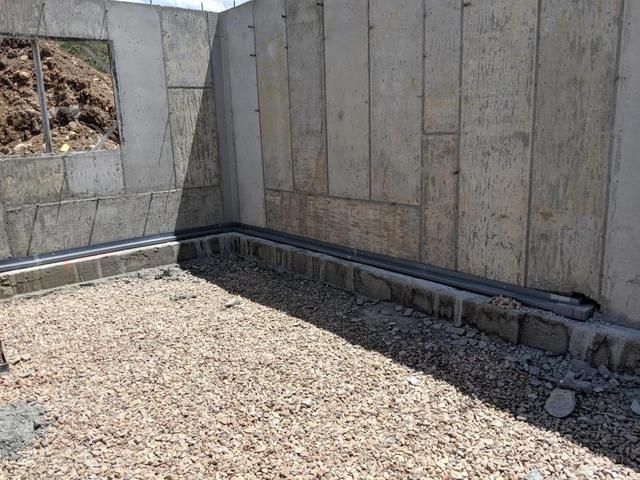


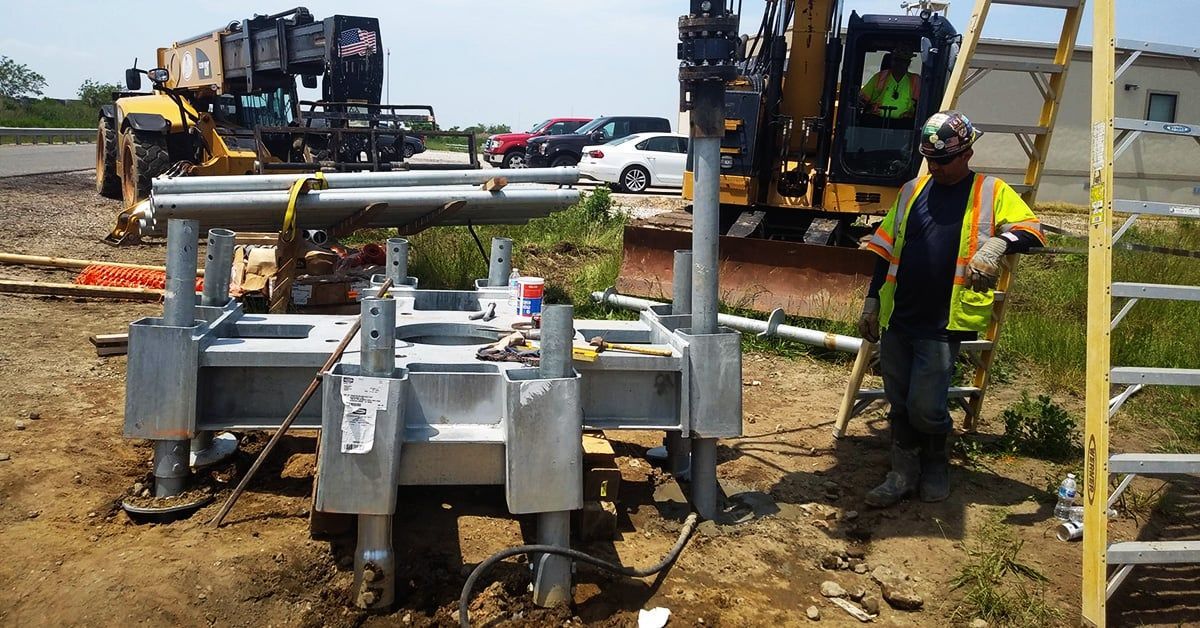





HAVE PEACE OF MIND WITH IWP FOUNDATION REPAIR
With over 30 years of combined experience in the business, you know that you can trust our team to get the job done right the first time. We value the customer experience, which is why we take the time to listen to your concerns, answer all your questions, and explain the best plan of action for your home. If you’ve noticed any foundation issues at all, no matter how minor they seem, you should call a professional. Our expert team is waiting for you, so call today for a free evaluation!
